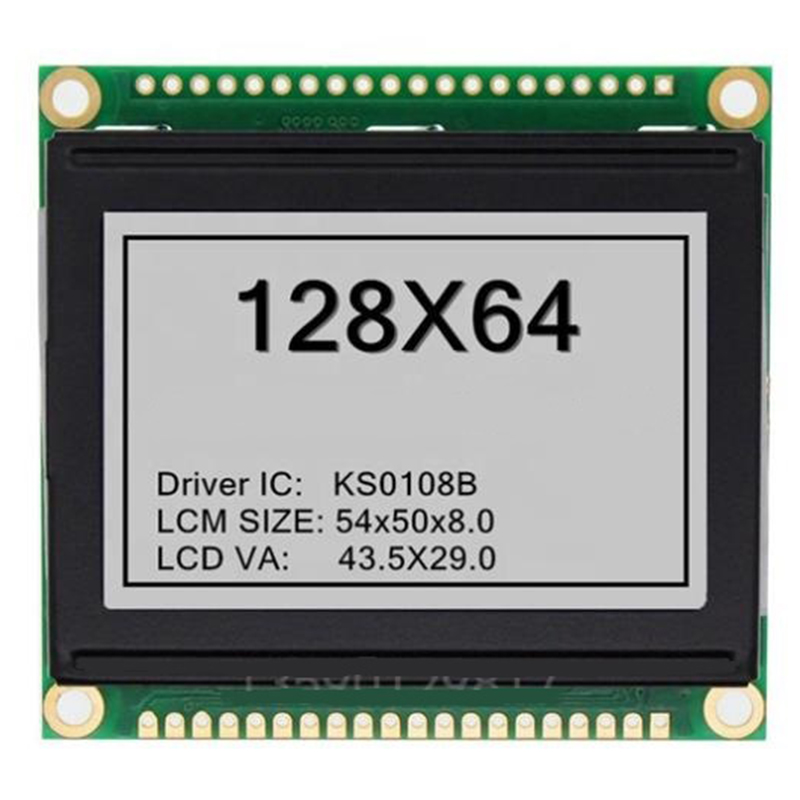1. Display Clarity and Resolution
One of the most fundamental aspects of an LCD display is its clarity and resolution. A high-quality LCD should provide sharp, clear images and text, allowing users to easily read the information presented. The resolution, typically measured in pixels, plays a crucial role in this aspect. Higher resolution displays can show more detail and provide a better user experience. For smart meters, a resolution of at least 128x64 pixels is often recommended, as it allows for clear visibility of numerical data and graphical representations of energy consumption.
2. Brightness and Contrast
Brightness and contrast are vital for ensuring that the display is easily readable under various lighting conditions. A high-quality LCD display should have adjustable brightness settings to accommodate both bright sunlight and dim indoor environments. Additionally, a good contrast ratio enhances the visibility of the text and graphics on the screen, making it easier for users to interpret the data. Displays with a contrast ratio of at least 1000:1 are generally considered to provide excellent visibility.
3. Viewing Angles
The viewing angle of an LCD display refers to the maximum angle at which the screen can be viewed without a significant loss of image quality. For smart meters, which may be installed in various locations and viewed from different angles, a wide viewing angle is essential. High-quality LCDs typically offer viewing angles of 160 degrees or more, ensuring that users can read the display comfortably from different positions without distortion or color shift.

4. Response Time
Response time is another critical dimension to consider when evaluating LCD displays. It refers to the time it takes for a pixel to change from one color to another. A lower response time is preferable, as it reduces motion blur and ghosting effects, particularly in dynamic displays that may show real-time data updates. For smart meters, a response time of 10 milliseconds or less is ideal, ensuring that users receive timely and accurate information.
5. Durability and Environmental Resistance
Smart meters are often installed in outdoor or industrial environments, where they may be exposed to harsh weather conditions, dust, and moisture. Therefore, the durability of the LCD display is paramount. High-quality displays should be constructed with robust materials that can withstand environmental stressors. Additionally, features such as anti-glare coatings and water-resistant designs can enhance the longevity and usability of the display in various conditions.
7. Color Accuracy and Depth
Color accuracy is particularly important for displays that present graphical data, such as charts and trends in energy consumption. A high-quality LCD should reproduce colors accurately, allowing users to interpret data effectively. Additionally, the color depth, which refers to the number of colors the display can show, plays a role in the richness of the visuals. A display with at least 16-bit color depth is generally sufficient for smart meters, providing a good balance between color variety and performance.
8. User Interface and Interaction
Finally, the quality of the user interface (UI) and interaction capabilities of the LCD display are essential for a positive user experience. A well-designed UI should be intuitive, allowing users to navigate through different screens and access information easily. Touchscreen capabilities can enhance interactivity, enabling users to input data or adjust settings directly on the display. High-quality LCDs should support responsive touch technology, ensuring that user inputs are registered accurately and promptly.
Post time: Mar-21-2025

